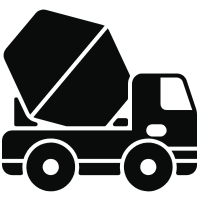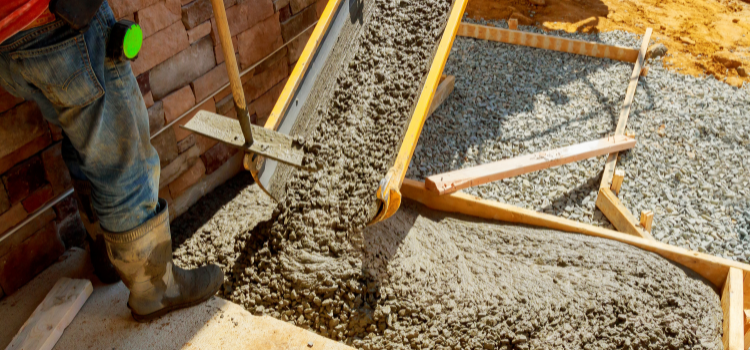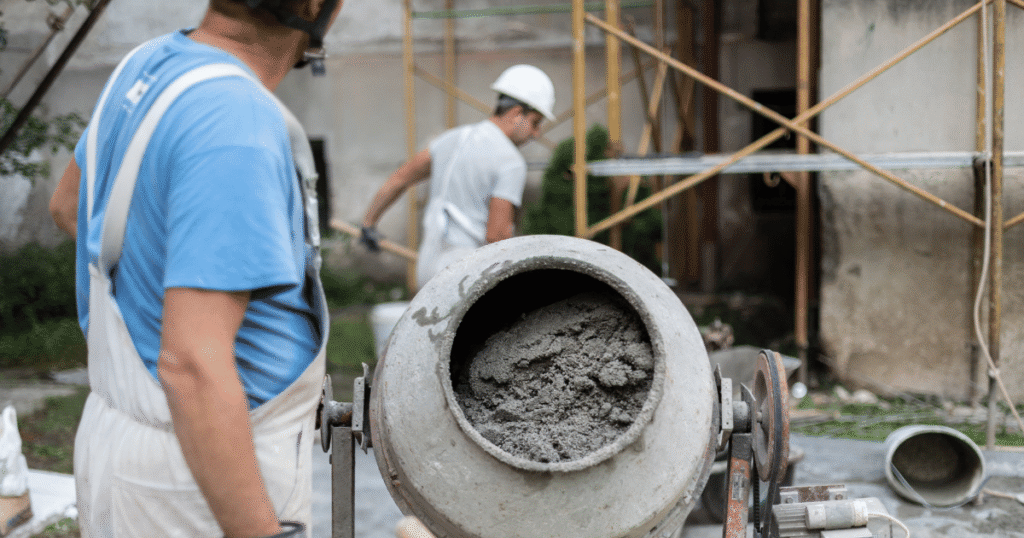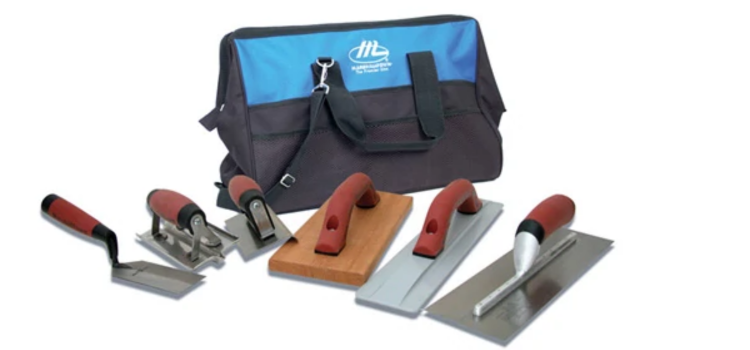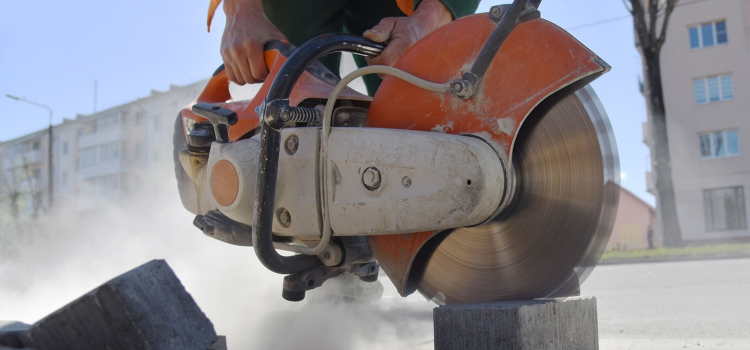What is concrete and what are all these concrete words I don’t understand?
Concrete lingo is often acquired through several months or even years of first-hand experience in the field and if you are wondering what concrete is or what is concrete? you are about to find out as well as learn some other well-known lingo based around the concrete industry.
Concrete Word Definitions
I remember my first day on the job…looking for tools you have never heard of, asking questions to clarify, listening to the bosses chat using words I didn’t understand at the time.
Almost 15 years later I have extensive knowledge in the concrete industry, know my way around a concrete yard or worksite and can understand what I could not when I first started.
The fastest way to learn what words are and mean is to use them and say the words a few times. Overall experience is the key!
Here are many concrete and concrete associated words and their meaning.

What Is Concrete And Concrete Word Definitions
What Is Concrete?
Concrete is a material made up of fine and coarse aggregates that are bonded together with cement to harden and cure over time
What Is Cement?
Cement is a chemical substance used to bind materials together.
These are…
Type 1: Cement is ordinary Portland cement (OPC), which is a general-use material.
Type 2: Cement has moderate sulfate resistance, and its MH variant is moderately resistant to the heat of hydration. …
Type 3: Cement is an extra rapid hardening cement. …
Type 4: Cement is a low-heat cement that radiates less warmth as it sets and dries.
What Is Concrete MPa?
Concrete is rated by compressive strength, which is measured in MPa or its proper name, Megapascals.
With concrete, to a point, the higher the MPa your concrete is made, the stronger it is.
MPa is the metric unit of measurement for pressure.
To put it into perspective: a single Pascal represents roughly the amount of downward pressure that a single Canadian bank note exerts while resting flat upon a surface.
What Is Concrete Slump?
The concrete slump test measures the consistency of fresh concrete before it sets. It is performed to check the workability of freshly made concrete.
A concrete slump test is used to determine the slump of concrete.
What Is A Concrete Calculator?
A concrete calculator is used to figure out how much concrete one will need for a specific job.
By knowing just a few measurements, a concrete calculator will tell you how much concrete in cubic measures the job will need.
More advanced concrete calculators can figure out more advanced calculations in regard to concrete and concrete strength.
What Is Concrete Repair?
Concrete repair can be multiple levels of fixing concrete cracks, breakages, levels, textures on the surface, and many more types of concrete repair instances.
Concrete can get damaged for many reasons and concrete repair is sometimes a better option than a rip-out and replace.
What Is Concrete Stain?
Concrete staining is a quick and inexpensive technique used to enhance the aesthetic appearance of the concrete surface.
Concrete stain comes in almost all types of colors and is a great way to change the look of your existing concrete.
What Is Concrete Cutting?
Concrete cutting is simply that! cutting concrete.
Concrete is cut into sections to help minimize and reduce expansion cracks.
Concrete will expand and shrink while it is curing, and during this time it is important to have pre-guided cuts or breaks through your concrete to minimize the chance of your concrete cracking randomly.
What Is Concrete Sealer?
Concrete sealer is applied to the surface of the concrete to protect the concrete from staining and corrosion.
Concrete sealers can dramatically enhance the look of certain concrete, like exposed aggregate.
What Is Concrete Stamping?
Stamped concrete is a concrete finishing technique that gives us the ability to imprint patterns into the concrete before it sets.
The stamping process is started at a specific time of the concrete curing process.
What Is Concrete Adhesive?
Concrete adhesive is a glue that is used to bond concrete and masonry items together and or with other materials.
What Is Concrete Aggregate?
Concrete aggregates are normally a mixture of geologic materials like sand, gravel, and other crushed rock.
Depending on size, fine aggregates normally refer to sand, and coarse materials are normally associated with crushed rock or gravel.
“As an Amazon affiliate I may earn from qualifying purchases”
Concrete Tools & Concrete Tool Uses
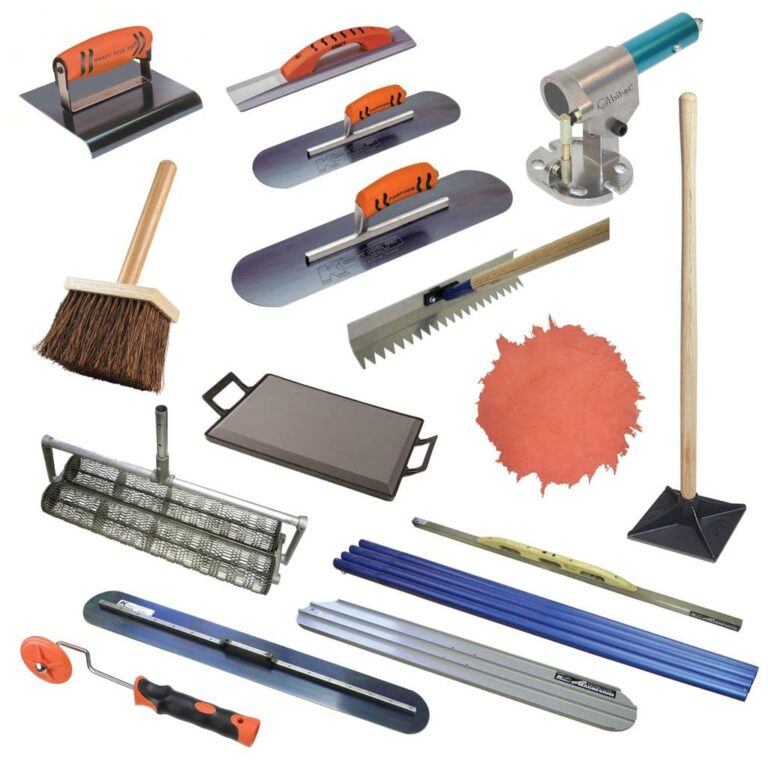
What Is A Concrete Trowel?
A concrete trowel is used for finishing concrete. As the concrete cures and hardens, a concrete trowel is swiped across the concrete to smooth out and fill in any small stone holes that may remain in the concrete.
The trowel is perfect for use against edges.
Used when the concrete is almost completely set, a very smooth finish can be achieved.
What Is A Concrete Rake?
Concrete rakes are designed and used to help pre-flatten and level the concrete before the screeder levels the concrete more precisely.
Concrete rakers have a very demanding job behind the screeder during the placing process and good concrete rakers are very hard to find.
What Is A Concrete Screed?
A concrete screed is used to level or flatten the concrete at the desired height.
What Is A Concrete Bull Float?
The concrete bull float is used after the screeding process.
The bull float is pushed and pulled over the concrete with a slight pitch.
This helps smooth out any screeding lines and further helps level/flatten the concrete.
Once the concrete is bull-floated, the concrete will be sealed and the bleeding process will begin.
What Is A Concrete Magnesium Float or Maggie?
This very handy concrete hand tool is used for many small and big jobs.
Used mainly for level heights and closing up edges the maggie, or magnesium float is a concreter’s best friend.
The magnesium float is also used for a number of finishing techniques.
What Is A Concrete Edger?
No one wants sharp edges on their patio or driveway and that is exactly why this tool was invented.
The concrete edger is used in about 85% of jobs, if not more, and is a must-use for any concrete that will be seen or exposed.
The concrete edger leaves a rounded edge on the edges of the concrete and is a much smoother, safer, and nicer finish as opposed to leaving it square and sharp.
What Is A Concrete Power Trowel
( Kelly Float )
The concrete kelly float or more commonly known in the states as a power trowel is a troweler’s best friend when it comes to finishing larger concrete areas.
With 4 trowel blades and a lot more weight, getting smooth, burnt, and glossed floors can be achieved.
What Is A Concrete Push-Pull Trowel?
A trowel on a stick!
If used correctly this push-pull trowel can save a lot of time, and still get you high results of finishing.
Great for thinner driveways, small patios, footpaths, etc, this tool can save loads of time and effort on the body.
What Is A Concrete Fresno ( Walking Trowel )
Another form of a hand trowel on a long pole, that helps achieve a flat finish on the concrete surface. A good pole troweler can get a very high standard of finish without much need to get out on the concrete pad itself while finishing.
What Is A Plate Compactor?
Making sure your concrete has a solid foundation to sit on is crucial.
As this tool compacts, the ground’s little voids and/or small air pockets are forced out making a harder foundation.
Other Concrete Lingo
Here are a few words that come with the concrete trade!
99 it mate!
This is usually yelled out to the concrete truck driver which means turn up the bowl speed to 99% max revs…We do this to get a faster flow out and off the chute.
This gives us a faster dispatch of concrete and helps spread the concrete as it spews onto the ground from off the end of the chute. Concrete needs to be of a runny mixture to get the best result.

